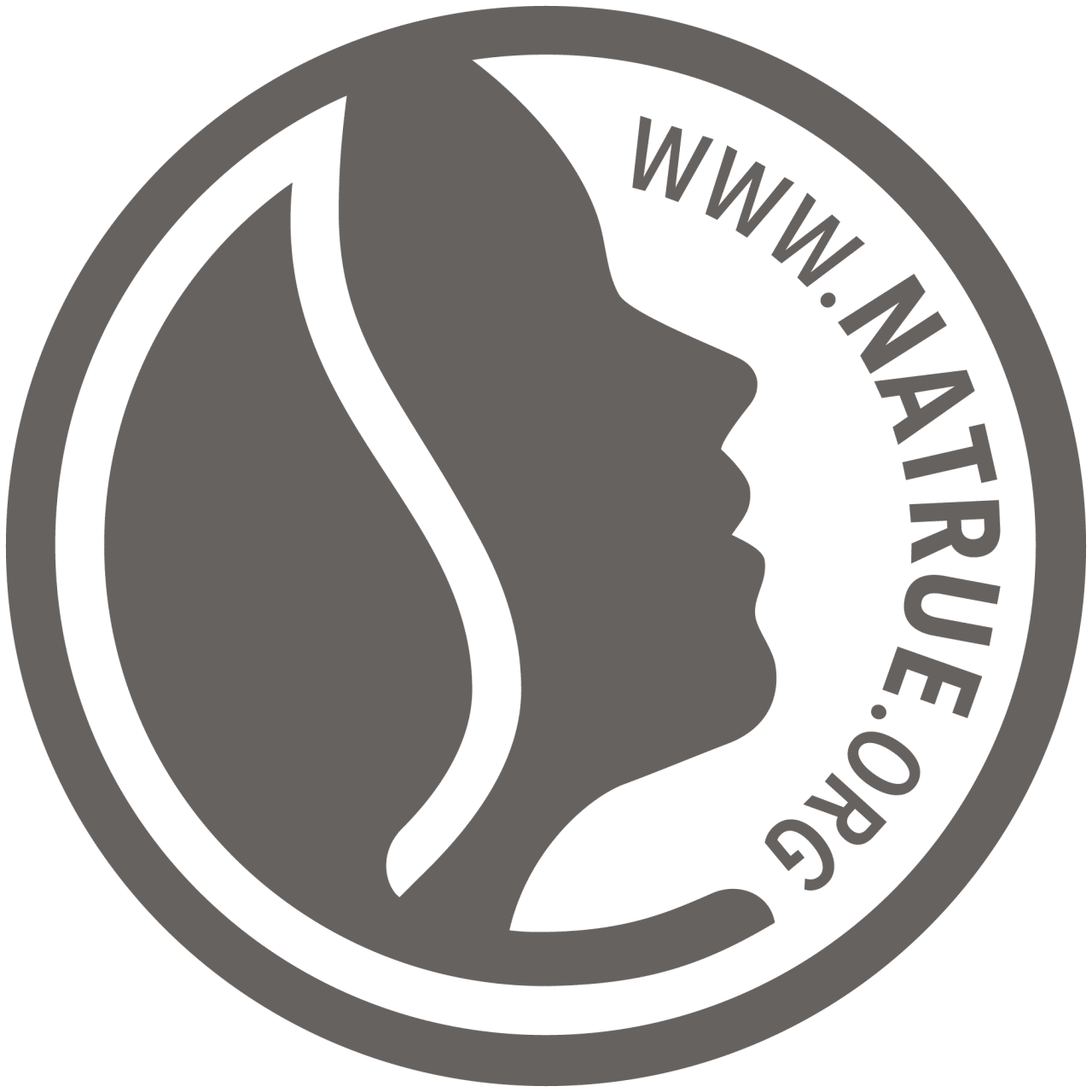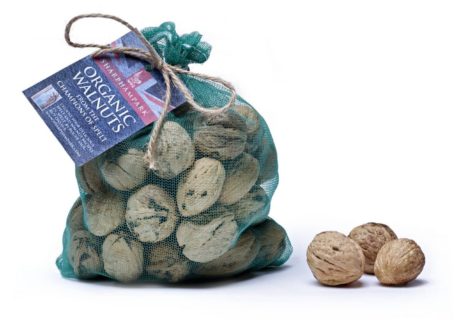Ahead of his seminar on Thursday 17 November at Natural Products Scandinavia, Dr Mark Smith, the new director general at NATRUE, tells the show’s event director Anne Seeberg about what’s happening in the natural and organic beauty sector.
 What do you see as key trends for the natural and organic beauty market in the next year?
What do you see as key trends for the natural and organic beauty market in the next year?
“Natural and Organic cosmetics offers a wide range of products covering consumers’ needs and sometimes even anticipating trends. This is, at its heart, the result of the continuous advances in the production of natural raw materials, the innovative manufacturing teams in research and development, and formulation from across the whole natural and organic cosmetics sector.
“From the product perspective, NATRUE certified brands now includes a full range of hair care products. In the past, formulating with some natural surfactants proved to be problematic – sometimes due to their foam boosting ability or its stability – which meant that consumers sometimes found it difficult to adapt to natural and organic shampoos. However, increasingly innovative raw material development working with ingredients of natural origin has helped to close this gap by ensuring products with improved function and efficacy; besides being pleasant to use.
“Another product trend is nail care. Many brands have launched certified products specifically dedicated to nails in order to naturally protect and beautify them. Moreover, for the first time ever, some companies have launched nail polishes onto the market bearing the NATRUE label. This breaks a barrier for the sector, because as a product line for the authentic natural and organic sector, certified natural nail polish was not possible.
“The most “recent” products includes all the ranges of BB creams and products with multiple properties – like skin colouring and moisturising – which are perfect for women always in a rush but who, at the same time, do not want to compromise on naturalness. Products for men also need a mention in this list. The male grooming sector is growing and, besides shaving products, some natural and organic brands are offering product lines for men that that include self-care products like shower gels and shampoos. Last but not least, a number of perfumed waters have also been recently launched.
“With regards to ingredients, there is a double trend. One involves the sourcing of new active ingredients worldwide – such as extracts and resins from South America, to berries from Scandinavia to the popular shea butter, as well as the African plant extracts from Kigelia Africana. The other is re-discovering new ways to use or combine ingredients from common or locally sourced plants. For example those found in Europe such as olive, resins from pines/ conifers or aloe vera and their derivatives, can be further developed for application in natural/organic cosmetics.
“Besides products ingredients and categories, consumers more often look for those products carrying eco or ethical labels, which indicate multiple assurances. For instance, products which are not only natural and organic but also fair trade, vegan or halal. Increasingly, it is common to see multiple labeling on the product packaging.”
What are the biggest challenge(s) for the natural and organic beauty sector?
“From the 2014 GFK study commissioned by NATRUE, we know that over the 60% of European consumers are reassured by the presence of labels when it comes to natural and organic cosmetics.
“Since there is no official definition for what a natural and organic cosmetic can or cannot be, certification to private standards, such as NATRUE, has shown a significant contribution to the development of confidence in the market, which is no longer a niche. However, consumers still struggle when it comes to understanding the differences between labels, what requirements are behind them, and whether or not they offer the same degree of strictness and transparency.
“Therefore, it is increasingly important to positively engage with consumers to help their understanding of what’s behind each seal, so that they can avoid those labels which are, for example, just a self-declaration or those with a weak criteria. Pending an official definition for natural and organic cosmetic products must be appropriate, relevant and strict, and then consumers can still benefit enormously from manufacturers continuing to move towards non-profit, strict and transparent seals, (which can be used internationally). The main advantage for the consumer is to be offered products that combat greenwashing, which are truly natural and organic, and meet their expectations on a global scale. In the long run, this continuous approach would generate even more trust in the market, which is well-positioned for further growth.
“It is important to mention that the conventional sector is not watching these developments without interest. The recently released first part of the ISO Guidelines for natural and organic cosmetics represented a weakening of the current, stronger, definitions for what a natural ingredient should be, and so has the potential risk to undermine future consumer trust in the sector. I am very happy then to be given the opportunity to be able to present this topic at the upcoming Natural Products Scandinavia show, where I will compare the provisions of the ISO Guidelines with the NATRUE Standard.
How can companies, buyers and associations like NATURE help overcome these obstacles/challenges?
“NATRUE has promoted its label since 2009, and many brands, which had different certifications in the past, have now opted to use only the NATRUE seal. To date we have more than 200 brands carrying the NATRUE seal accounting for just over 4800 certified products on the market.
“This is exactly the result of the process I mentioned before: by offering consumers and companies alike a strict, reliable and international standard we have simplified the framework of the natural and organic cosmetic sector offering a higher degree of trust.
“As an active Brussels-based non-profit association, NATRUE is not only a standard-setter, but an advocate for appropriate legislation for natural and organic ingredients and products. As the regulatory landscape changes, we are fortunate in this task to have experts from our pioneering companies’ close by whom we can pool resources from; and work together with to develop joint projects, campaigns or political activities.
“We are always looking for companies, retailers and other association to unite with us; committing to our high standard, supporting true natural and organic cosmetics and helping together to shape the future of our sector. At this year’s membership assembly, we welcomed another 14 members from several countries, which led us to over 60 active members of the association from more than 15 countries worldwide.
“All those interested in discovering more about each of our milestones, activities and the recent developments of NATRUE can download our recently published Annual Report.”





